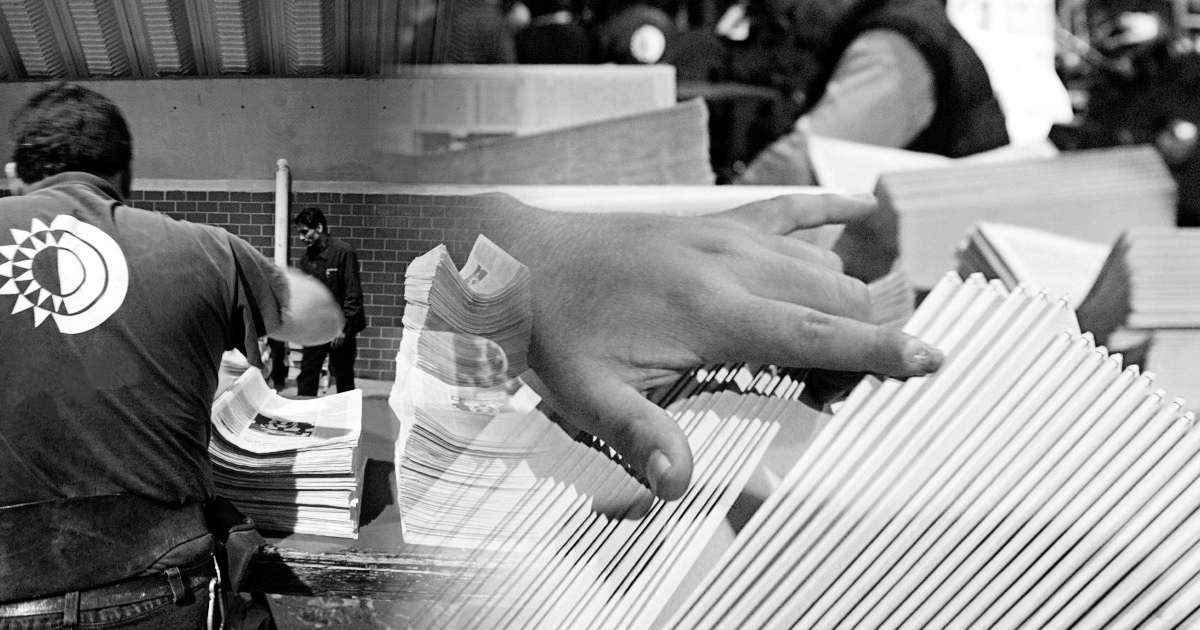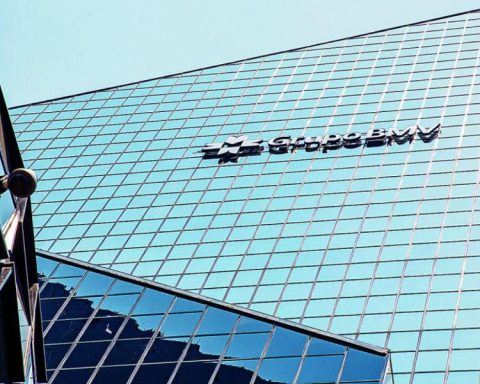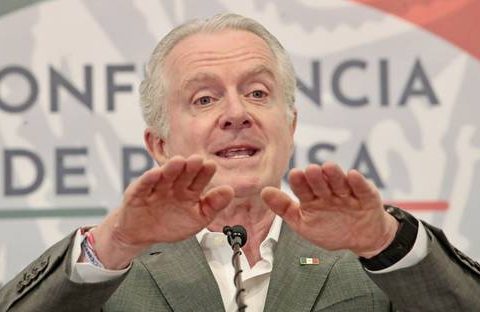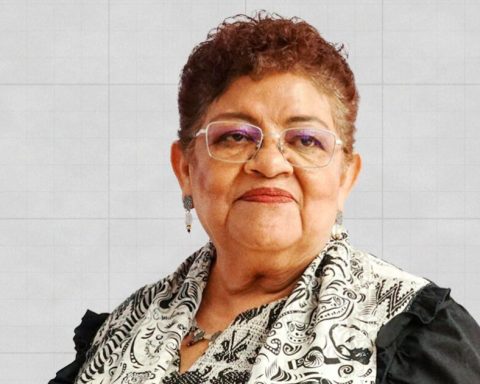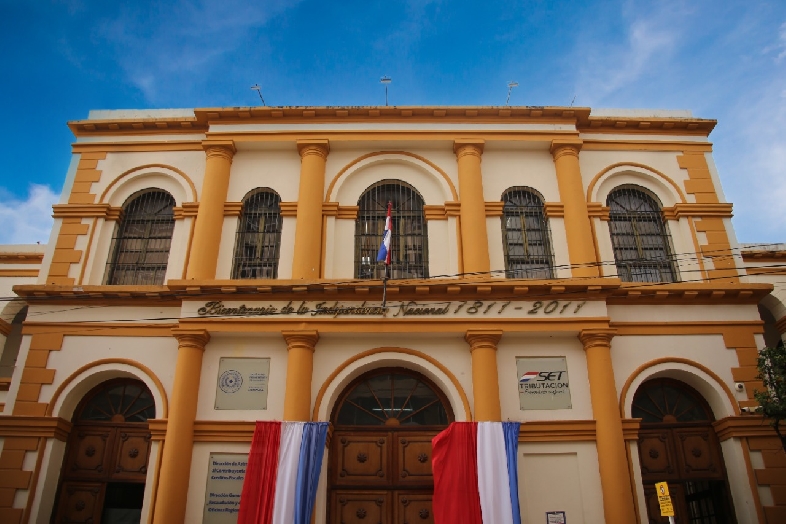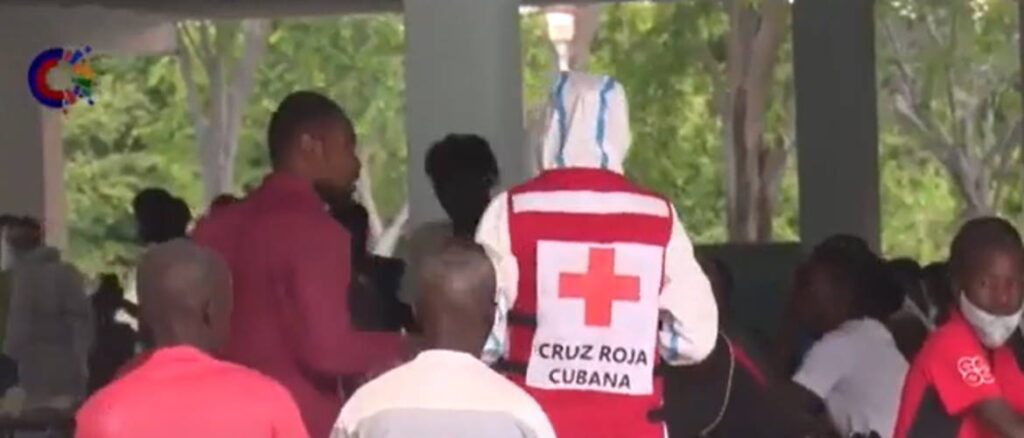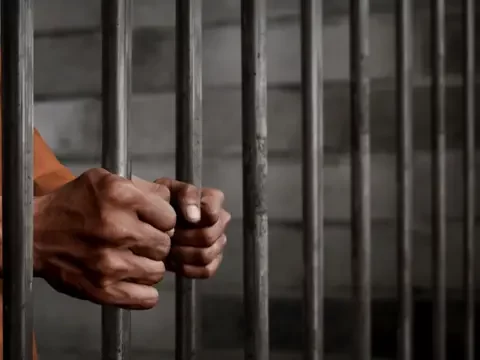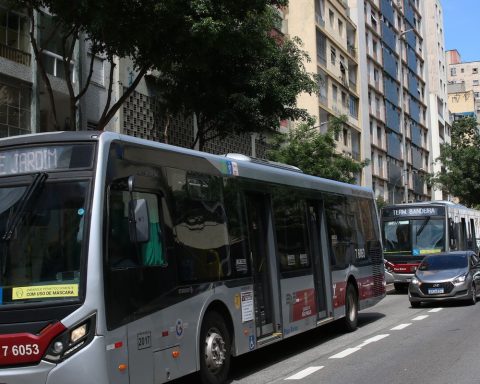L
to first brigade Cuban international doctor arrived in Chile in 1960 to assist in the devastation left by an earthquake in Valdivia. These were not easy times for the island. With the triumph of the revolution just a year before, half of the Cuban doctors had left for Miami. Three years later another brigade was sent to Algeria, which had barely gained its independence. The bloodthirsty French reaction to the independence struggle had devastated the young nation whose doctors left for France.
Before the 1959 revolution, Cuba was dominated by the Americans who, in addition to owning its land and industry, used it as a place for recreation, casinos, drugs and prostitution. The Marines showed their contempt for the Cuban people by urinating on the statue of José Martí. Perhaps for having known colonial domination so vividly, solidarity with the countries of the so-called third world was always one of the principles of its revolutionary policy.
With the triumph of the revolution, Cuba recovered its dignity. The new government expropriated the lands of the United Fruit Company, converted military barracks into schools, divided mansions into housing units, built hospitals, eliminated illiteracy, implemented universal access cultural and sports programs, established free education, including the university, and created a free health system, accessible to all. By declaring itself socialist, the Cuban regime has upheld collective rights over individual interests. Which is why he arouses the fury of the right and the contempt of the liberals.
Cuba is a poor country. Of the last Latin American nations to achieve their independence. Three and a half centuries of Spanish colonialism conditioned an economy of extraction. In 1898 its struggle for independence was snatched away by the United States, which declared itself owner of the island. Thus, the 1959 revolution was a struggle against the dictatorship of Fulgencio Batista and for national liberation. The empire would never forgive the affront. Beginning with the failed Bay of Pigs invasion, Cuba has been subjected to terrorist attacks, psychological warfare, assassination attempts and sabotage by the self-appointed world protector of democracy. It has lived under a blockade that not only prohibits trade with the United States, but also threatens and punishes third parties who seek to establish relations with the island.
With everything against it, Cuba is a global health provider. Its domestic scope amazes. It has more doctors per capita than any other country, who work in urban and remote rural areas. Cuba has achieved comparable (sometimes better) health indices than rich nations. The full free university education has eroded patriarchal and racist systems. In 2007, women constituted more than half of the medical staff and Afro-descendants have achieved similar achievements in proportion to their percentage in the population.
On an international scale, the Cuban medical scope is also astonishing. Scholars on the subject, such as John Kirk and Julie M. Feinsilver, provide figures that account for its magnitude: in 2009, Cuba had 38,000 medical brigade members in many countries around the world, more than the World Health Organization and the nations of the G- 8; In 2010, six years after the founding of Operation Miracle, a program financed by Venezuela, Cuban ophthalmologists had restored sight to 1.8 million people; in the 2009-2010 school year, there were 50,000 medical students (including some from minority communities in the United States) training in Cuba or with Cuban doctors in their home countries.
Perhaps the most moving example of Cuban medical internationalism was the care that the island gave to 20,000 children who were victims of the nuclear spill that occurred in Chernobyl in 1986. For almost two decades, children arrived –most of them from Ukraine– to receive free treatment on the island, this despite the collapse of its economy precipitated by the collapse of the Soviet Union. We do not give what we have in excess
commented a Cuban director of the program for the children of Chernobyl, we share what little we have
.
When they started their international brigades, the Cuban government paid for the expenses. This was the case until the late 1970s, when countries that had the ability to pay began to make contributions. Since then, Cuba has operated under a scheme that measures costs based on the ability of each nation to pay. The poorest countries pay nothing.
Of the remuneration that Cuban doctors receive for their international service, part is kept by them and part goes to the state. It is the way in which Cuba redistributes what little it has; in that it covers the basic needs of its population; in which it continues to train new generations of doctors, in Cuba and in the world, free of charge; in which it recovers a small part of what was stolen by the illegal and inhuman US blockade.
This salary scheme gives rise to the proclamation that Cuban doctors are slave labor, a statement made by those who have never denounced the overexploitation of the working class or the international division of labor that has created open veins in poor countries. to channel their wealth to the first world.
For those who have always spoken out against human exploitation, Cuban medical internationalism represents what Noam Chomsky characterized as the risk of setting a good example
. Cuba has shown that a lot can be done with little, for its population and for the neediest on the planet.
* Professor-researcher at the Massachusetts Institute of Technology, author of the book Unintended Lessons of Revolution: A History of Rural Normals.
